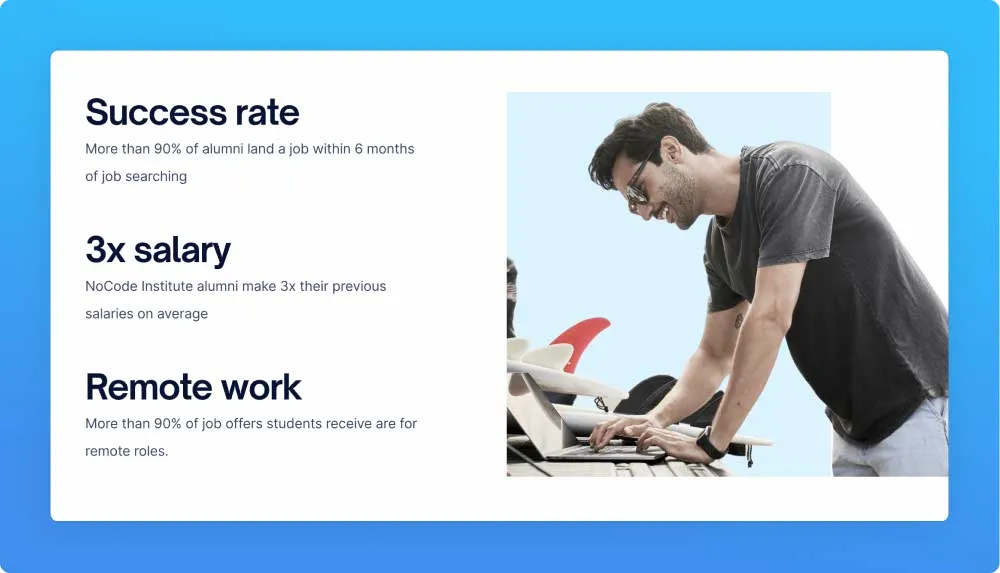At 30, I found myself sitting at my desk, staring at the same spreadsheets I had looked at for years, asking myself a tough question: Is this it? I wasn’t miserable—I had a stable job, decent salary, and a solid routine. But deep down, I knew I wasn’t fulfilled. What I really wanted was a career that inspired me, challenged me, and aligned with who I was becoming—not who I had been at 22 when I first entered the workforce.
This is the story of how I made a mid-career pivot, the mistakes I made, the lessons I learned, and how I eventually landed my dream job—without losing my mind or going broke.
Step 1: Facing the Truth

It all started with honesty. I had to admit to myself that I was unhappy in my current role. Not just bored or tired—unhappy. I was in a career that no longer matched my values or interests. I realized I had outgrown it, but fear kept me stuck: fear of failure, of wasted time, of starting over.
But I also asked: What’s the cost of staying stuck for another 10 years? That question hit hard.
Step 2: Identifying What I Actually Wanted
Before jumping ship, I needed clarity. I journaled a lot, talked to friends, and even worked with a career coach. I listed out:
- What I liked (creative problem-solving, working with people)
- What I disliked (corporate politics, repetitive tasks)
- Skills I enjoyed using (writing, communication, strategy)
Over time, a pattern emerged: I loved storytelling, branding, and helping people grow. Marketing and content creation started to make more and more sense.
Step 3: Re-Skilling While Working Full-Time
I couldn’t quit my job immediately—I had bills to pay. So, I treated evenings and weekends like night school. I took online courses (mostly free or low-cost) on platforms like Coursera, LinkedIn Learning, and Skillshare.
I also started freelance writing on the side. It was terrifying at first—I wasn’t sure if I was “qualified”—but I quickly realized that doing was the best way to learn. Each project built my confidence and portfolio.
Step 4: Networking Like a Human, Not a Robot
I used to hate the word “networking.” It felt fake and salesy. But I realized that networking isn’t about pitching yourself—it’s about making genuine connections.
I reached out to people on LinkedIn, not to ask for a job, but to ask for advice. I listened, learned, and offered help when I could. These conversations taught me more about my target industry than any course ever could.
One connection eventually introduced me to a hiring manager at a startup. That conversation turned into an informational interview, which led to a freelance gig—and eventually a full-time offer.
Step 5: Making the Leap
When I finally handed in my resignation, I felt a weird mix of fear and freedom. But I was ready. I had built enough freelance income and skills to make the jump confidently.
My first few months in my new marketing role weren’t easy—imposter syndrome hit hard. But for the first time in years, I was energized by my work. I cared. I was growing. I was proud of what I was building.
What I Learned (That Might Help You Too)
If you’re thinking about changing careers—whether at 30, 40, or 50—here’s what I learned:
- It’s never “too late.” That’s a myth. Your experience is not a burden—it’s a unique asset.
- You don’t need to burn everything down. Start small. Test, learn, adjust.
- Clarity comes from action. You won’t think your way into a perfect plan. Try stuff.
- Relationships matter. Most career moves happen through people, not job boards.
- You will doubt yourself. That’s normal. Keep going anyway.
Final Thoughts
Switching careers at 30 was one of the scariest—and best—decisions I’ve ever made. It forced me to grow, to take ownership of my life, and to rediscover what really matters to me.